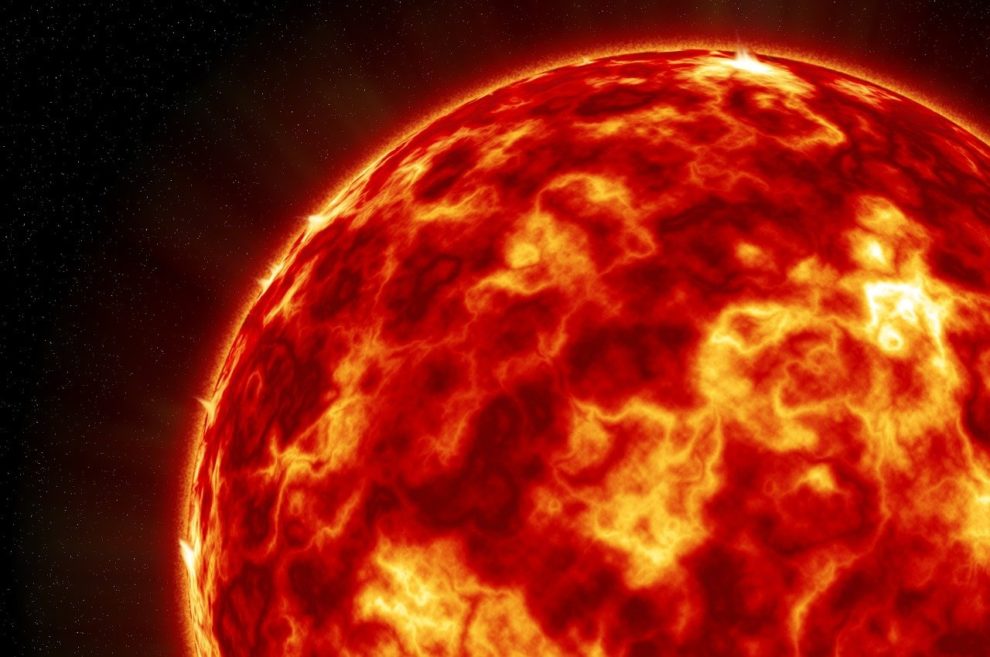This week, four huge explosions were spotted on the Sun. A “quadruple” solar flare burst out from four different spots on the sun’s surface all at once. These interconnected bursts might have also sent a solar storm heading our way, according to LiveScience.
If it hits Earth, we could feel the impact in the next few days.
Four regions on the sun were observed exploding simultaneously south of Earth
NASA’s Solar Dynamics Observatory (SDO) caught this rare event around 3:30 am on Tuesday (April 23) on video. Four different areas on the sun, spread out by long distances, exploded nearly at the same time. When these solar CMEs (Coronal Mass Ejections) happen, they can shoot out billions of tons of solar material into space at super high speeds.
NASA’s SDO is a mission with spacecraft designed to watch the Sun’s behavior. Its goal is to help us better understand why and how the Sun’s activity changes.
When a CME interacts with Earth’s magnetic field, it might cause geomagnetic storms. These storms can mess up satellite communications, radio signals, and power grids on Earth. They also create breathtaking auroras (northern and southern lights) near the poles.
According to Spaceweather.com, the almost simultaneous outbursts originated from three sunspots and a sizable magnetic filament—a large loop of plasma floating above the sun’s surface—positioned amidst those three dark spots. These explosion sites were spread apart by hundreds of thousands of miles, with the space between them covering about a third of the solar surface visible from Earth.
Impact on earth’s magnetic field after solar flare unleashes rare quadruple explosion
The simultaneous explosions were all part of a single eruption, referred to as a sympathetic solar flare. This kind of solar outburst occurs when sunspots or filaments are connected by huge magnetic field loops that stretch above the sun’s surface. When one of these erupts, the others often follow suit rapidly.
The explosions this week were aimed south of Earth, but they still might mess with our magnetic field, causing a G1-class geomagnetic storm.
In most instances of such events, sympathetic flares involve only two connected flares, which can vary in strength from minor bursts to X-class flares, the strongest type of solar flares. However, in this instance, there were twice as many flares as usual, earning it the designation of a “super-sympathetic” flare, as per Spaceweather.com.
